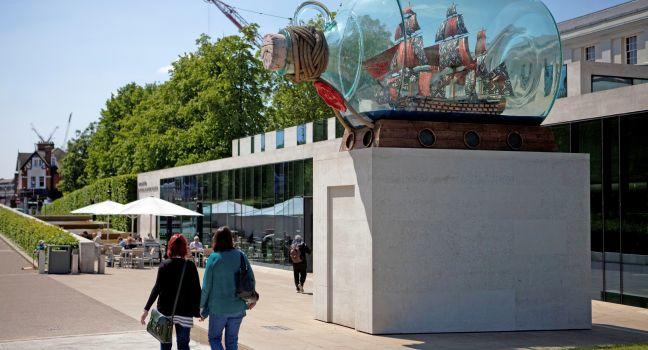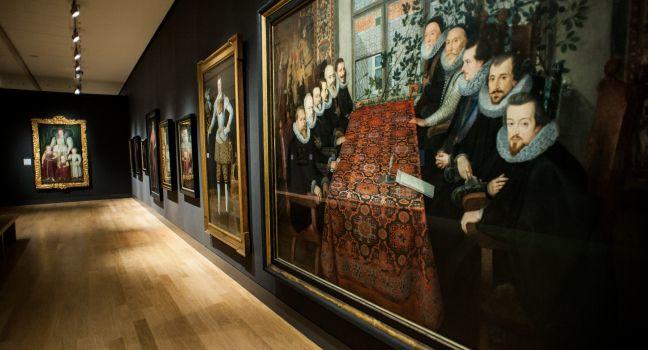Leicester Square
Looking at the neon of the major movie houses, the fast-food outlets, and the gaudy casino and disco entrances, you'd never guess that Leicester Square (pronounced "Lester") was a model of aristocratic formality and refinement when it was first laid out around the 1670s (it was named after its first inhabitant, the 2nd Earl of Leicester). By the 19th century, the square was already bustling and disreputable, and although it's not a threatening place, you should still be on your guard, especially at night—any space so full of people is bound to attract pickpockets, and Leicester Square certainly does. Although there's an underlying glamour (major red-carpet blockbuster film premieres often happen here), Londoners generally tend to avoid the place, though it's worth a visit for its hustle and bustle, its mime artists, and the pleasant modern fountain at its center. Also in the middle is a famous statue of a sulking William Shakespeare, perhaps remembering the days when the movie houses were live theaters—burlesque houses, but live all the same. On the northeast corner, in Leicester Place, stands the Catholic church of Notre Dame de France, with a wonderful mural by Jean Cocteau in one of its side chapels. For more in the way of atmosphere, head north and west from here, through Chinatown and the narrow Georgian streets of Soho.







